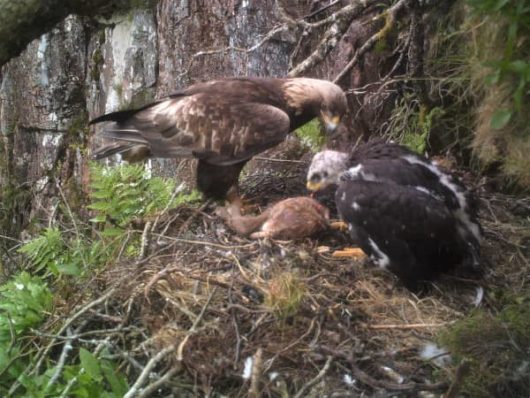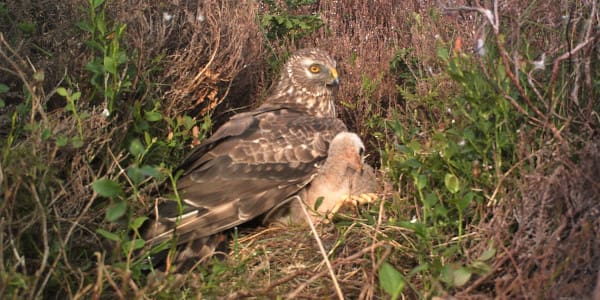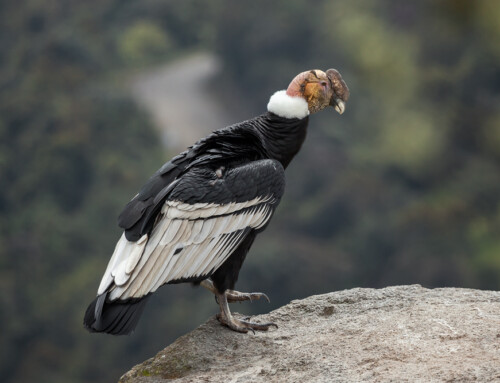LINKED PAPER
Killing of raptors on grouse moors: evidence and effects. Newton, I. 2020. IBIS. DOI:10.1111/ibi.12886. VIEW
Anyone who lives in Britain will be familiar with the frequent reports in the media of raptors being killed on grouse moors, despite all species being ‘protected’ by law. These reports concern instances where the killing was witnessed, or where poisoned baits and poisoned raptors were found by members of the public and reported. Because the killing is illegal, game-keepers (who do the killing) do their best to hide the evidence, so the numbers of cases that provide direct evidence sufficient to lead to a prosecution are few and far between. This makes it difficult to assess the extent of the killing and its impact on raptor populations. The paper mentioned above attempts to address these problems, using both direct and indirect evidence that has emerged in recent years.
But first some history. For centuries, raptors have been persecuted in Britain, as predators of small livestock, fish and game animals. The killing reached its peak in the late 19th and early 20th centuries, with the rise in small game management, and the employment of game-keepers whose major job was predator control. During this period, five raptor species were eliminated totally from Britain, and most others were greatly reduced in numbers and distribution. However, the situation improved greatly from the mid-20th century, when raptor killing was reduced following growing interest in conservation, changed public attitudes and the introduction of protective legislation. Since this time most raptor species in Britain have increased and spread, and those species that were eliminated have either recolonised naturally or have been reintroduced. The larger raptors are probably more numerous in Britain now than at any time in the past 140 years.
But killing persists as an illegal activity on some game-rearing estates, and especially on grouse moors – heather-covered areas of hilly ground managed specifically to produce large numbers of Red Grouse Lagopus lagopus for shooting. In recent years, modern technology has helped to quantify the killing and its impacts on raptor populations. The use of poisons has been confirmed by chemical analyses of recovered baits and raptor carcasses, and satellite tracking has revealed where individual raptors ‘disappear’, which in certain species is significantly more frequently per unit time on grouse moors than in any other habitat that the birds occupy. This method has revealed that large numbers of Golden Eagles Aquila chrysaetos, Hen Harriers Circus cyaneus and Red Kites Milvus milvus disappear in this way every year.
 Figure 1 Golden Eagle Aquila chrysaetos with chick © Scott Smith
Figure 1 Golden Eagle Aquila chrysaetos with chick © Scott Smith
In these and other species, other indirect evidence also points to high levels of killing on grouse moors, including the abandonment of previously well-used territories apparently still suitable, the disappearance of nesting pairs part way through the breeding season, more nest failures on grouse moors than elsewhere (often with evidence of human interference), and unusually high proportions of immature birds on nesting territories. This latter type of evidence is especially evident in Golden Eagles which normally would not gain a territory until they are five or more years of age, and in fully adult plumage. Only in populations in which the adult mortality rate is higher than usual do some territories fall vacant, enabling younger birds in immature plumage to settle and attempt to breed. The proportions of immature-plumaged Golden Eagles holding nesting territories has recently been significantly greater in some grouse moor areas than elsewhere. Similar evidence is available for some other species. Overall, the killing and other interference on grouse moors is sufficient to greatly reduce the national population levels of Golden Eagles, Peregrines Falco peregrinus and Hen Harriers, and in some districts also of Goshawks Accipiter gentilis and Red Kites. Further details and comments can be found in the paper mentioned above.
Further reading
Murgatroyd, M., Redpath, S. M., Murphy, S. G., Douglas, D. J. T., Saunders, R. & Amar, A. 2019. Revealing patterns of wildlife crime using satellite tags: a case study of Hen Harriers Circus cyaneus in the UK. Nat. Commun. 10(1): 1094. VIEW
Newton, I. 2020. Uplands and Birds. London: Collins. VIEW
Werritty, A. 2019. Grouse Moor Management Review Group. Edinburgh: Report to Scottish Government. VIEW
Whitfield, D. P. & Fielding, A. H. 2017. Analyses of the fates of satellite tracked Golden Eagles in Scotland. Scottish Natural Heritage Commissioned Report No. 982. Edinburgh: Scottish Natural Heritage. VIEW
Image credit
Top right: Hen Harrier Circus cyaneus at nest © Scott Smith




